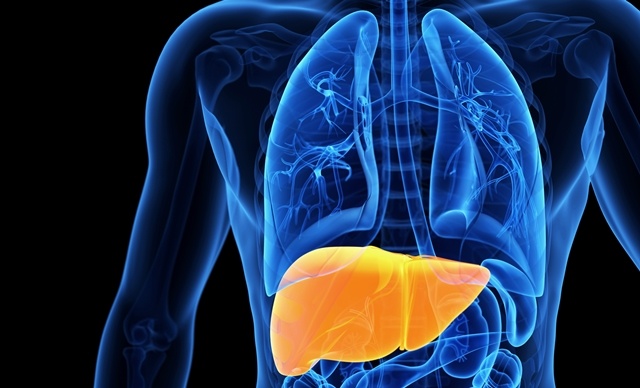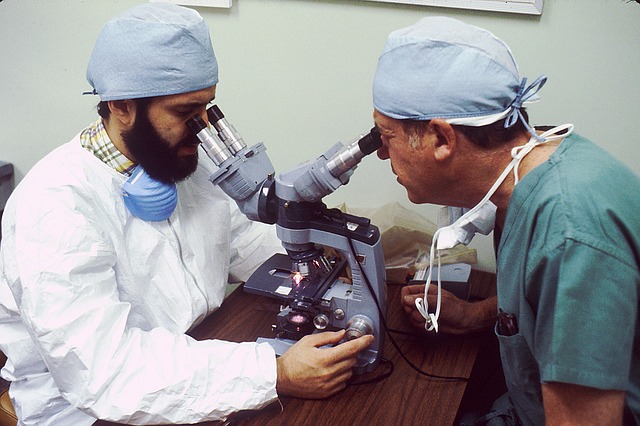
Mesenchymal stem cells (MSCs) are of great interest to researchers because of their ability to proliferate and differentiate into a variety of cell types. They are also capable of modulating immune reactions and secreting trophic factors. MSCs can be obtained from a variety of sources including umbilical cord blood, bone marrow, and adipose tissue.
Scientists have been researching liver-derived mesenchymal stem cells in recent years in an effort to treat metabolic disorders, acute liver injury, liver cirrhosis and various liver diseases. They have found that liver-derived mesenchymal stem cells (LDMSCs) are not only effective at helping the liver to regenerate — these cells are more powerful than other types of mesenchymal stem cells which are found elsewhere in the body.
In addition to regenerating liver tissue, the liver-derived mesenchymal stem cells have higher levels of pro-angiogenic, anti-inflammatory, and anti-apoptotic cytokines MSCs found in bone marrow. That could make them highly useful for treating a wide range of conditions.
The liver is one of the most important organs in the human body. It helps to detoxify the blood, metabolise lipids, store glycogen and secrete plasma proteins. Unfortunately, liver failure is quite common and there is a shortage of available transplant organs. Transplanting organs is also quite expensive and graft rejection is common.
Scientists hope that liver-derived mesenchymal stem cells will be able to regenerate damaged liver tissue and to grow new livers for transplantation. The research so far has been very positive with a number of studies showing great potential for LDMSCs.
Given that LDMSCs are multipotent, have the ability for self-renewal, and can provide immunomodulation, they are ideal for transplantation — more so than other types of MSCs.
However, researchers face some challenges. They must learn how to induce differentiation of LDMSCs into cells similar to primary hepatocytes, they must improve the cell-homing ability of LDMSCs and they must determine how many stem cells are required to treat different conditions. They must also take a closer look at the risks associated with using LDMSCs in transplants.
Source: Liver-derived human mesenchymal stem cells: a novel therapeutic source for liver diseases
{{cta(‘010124f3-c9bc-4a23-b9fc-74953e6288c9’)}}


